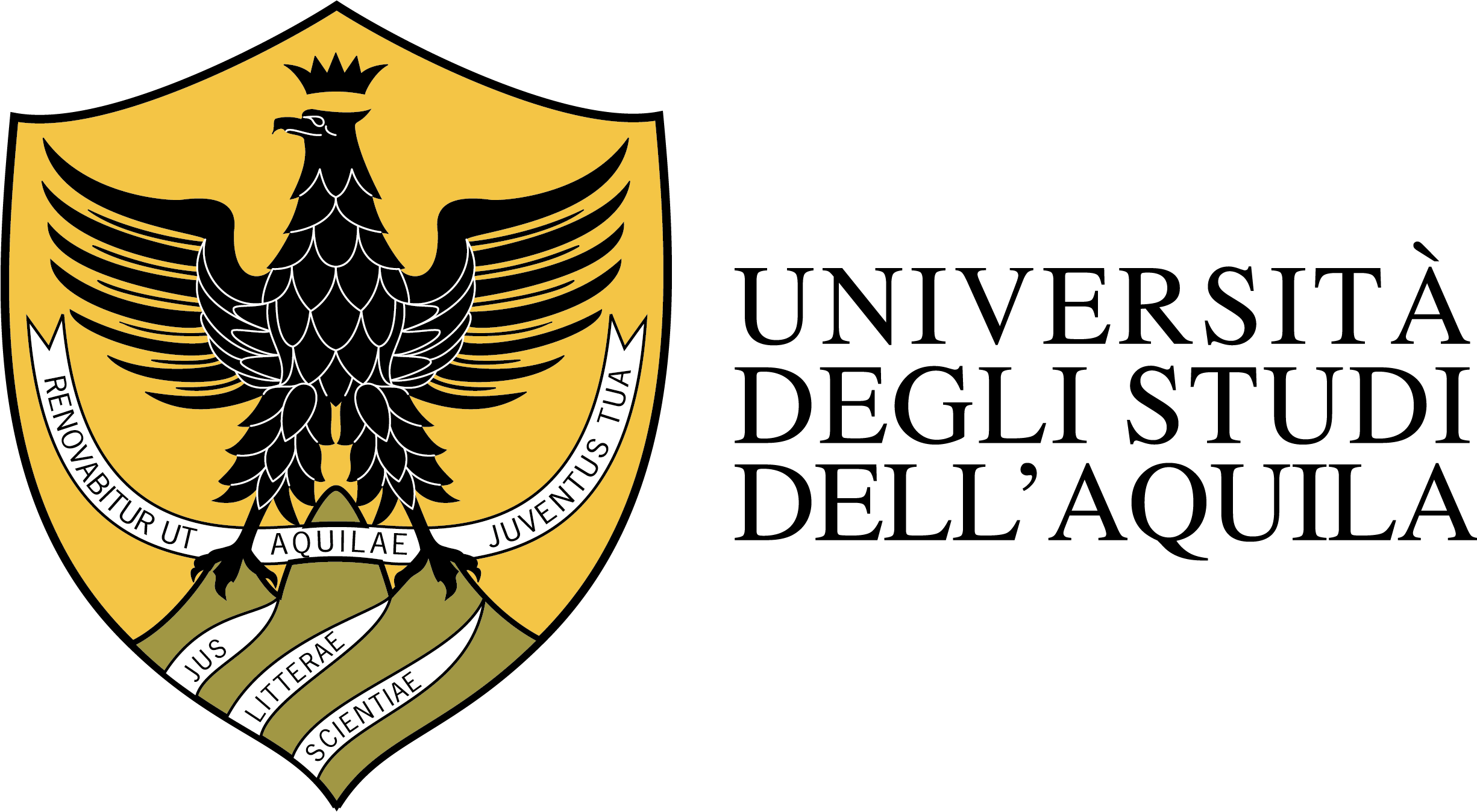☰ Informazioni
Notizie ☰
×
- Link esterni
- Universitaly
- Link utili
CORSI DI INGEGNERIA
Università degli Studi dell'Aquila
DICEAA
UPRODID 0862434010
Segr. Studenti 0862434080
Piazzale Pontieri, 1
67040 Monteluco di Roio (AQ)
DIIIE
UPRODID 0862433130
Segr. Studenti 0862434080
Piazzale Pontieri, 1
67040 Monteluco di Roio (AQ)
DISIM
UPRODID 0862434013
Segr. Studenti 0862433812
Via Vetoio - 67100 Coppito (AQ)

Università degli Studi dell'Aquila
DICEAA
UPRODID 0862434010
Segr. Studenti 0862434080
Piazzale Pontieri, 1
67040 Monteluco di Roio (AQ)
DIIIE
UPRODID 0862433130
Segr. Studenti 0862434080
Piazzale Pontieri, 1
67040 Monteluco di Roio (AQ)
DISIM
UPRODID 0862434013
Segr. Studenti 0862433812
Via Vetoio - 67100 Coppito (AQ)


